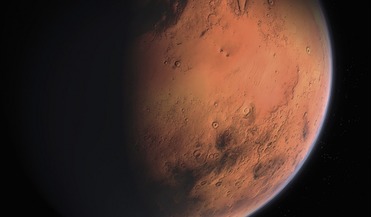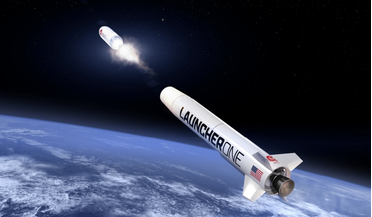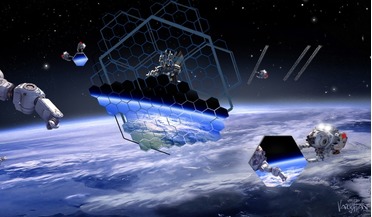 May 2021
In-situ propellant design for Mars ascent vehicles
May 2021
In-situ propellant design for Mars ascent vehicles
.../plant growth and astronaut biology, while cargo transfer to the ISS can be performed easily with existing launch vehicles. However, a major goal of the space community is to engender an Earth-independent era for space exploration. All the...
 April 2018
Transforming the launch market for small spacecraft
April 2018
Transforming the launch market for small spacecraft
... than rideshare on conventional (existing) launchers. It can therefore be assumed that for the foreseeable future, small launch vehicles currently under development will offer less affordable access to space. This is why big manufacturers producing...
 September 2024
Hypersonics and the route to orbit
September 2024
Hypersonics and the route to orbit
... to orbit (SSTO) spaceplane. Although the development of reusable, or partially reusable, staged launch vehicles is impressive, the concept of a vehicle that can be launched from a runway and return to that same runway, having delivered a payload...
 September 2016
Small launcher market survey
September 2016
Small launcher market survey
...’ [11], Crisp et al, note that many of the smallsat players may “not be able to economically justify the use of dedicated launch vehicles”. The market is further balanced by the fact that many larger LV providers are hesitant to embrace ride-sharing...
 August 2017
On-orbit assembly will deliver major benefits in coming decade
August 2017
On-orbit assembly will deliver major benefits in coming decade
...so. The JWST aperture is approaching the size limit for what can be accommodated within current launch vehicle fairings When a new satellite is launched, in its first year of operation it provides the fastest bit-rate available in the market. However...
 September 2021
Near space - the air-space boundary question, astronauts and space tourism
September 2021
Near space - the air-space boundary question, astronauts and space tourism
... that a state can authorise and supervise space tourism is now firmly established in both horizontally and vertically launched vehicles. Unity 22 ‘mission specialists’ (from left): Beth Moses, Chief Astronaut Instructor; Sir Richard Branson, Virgin...